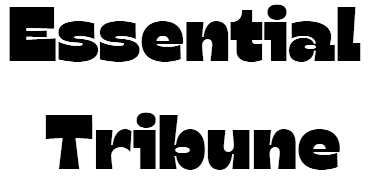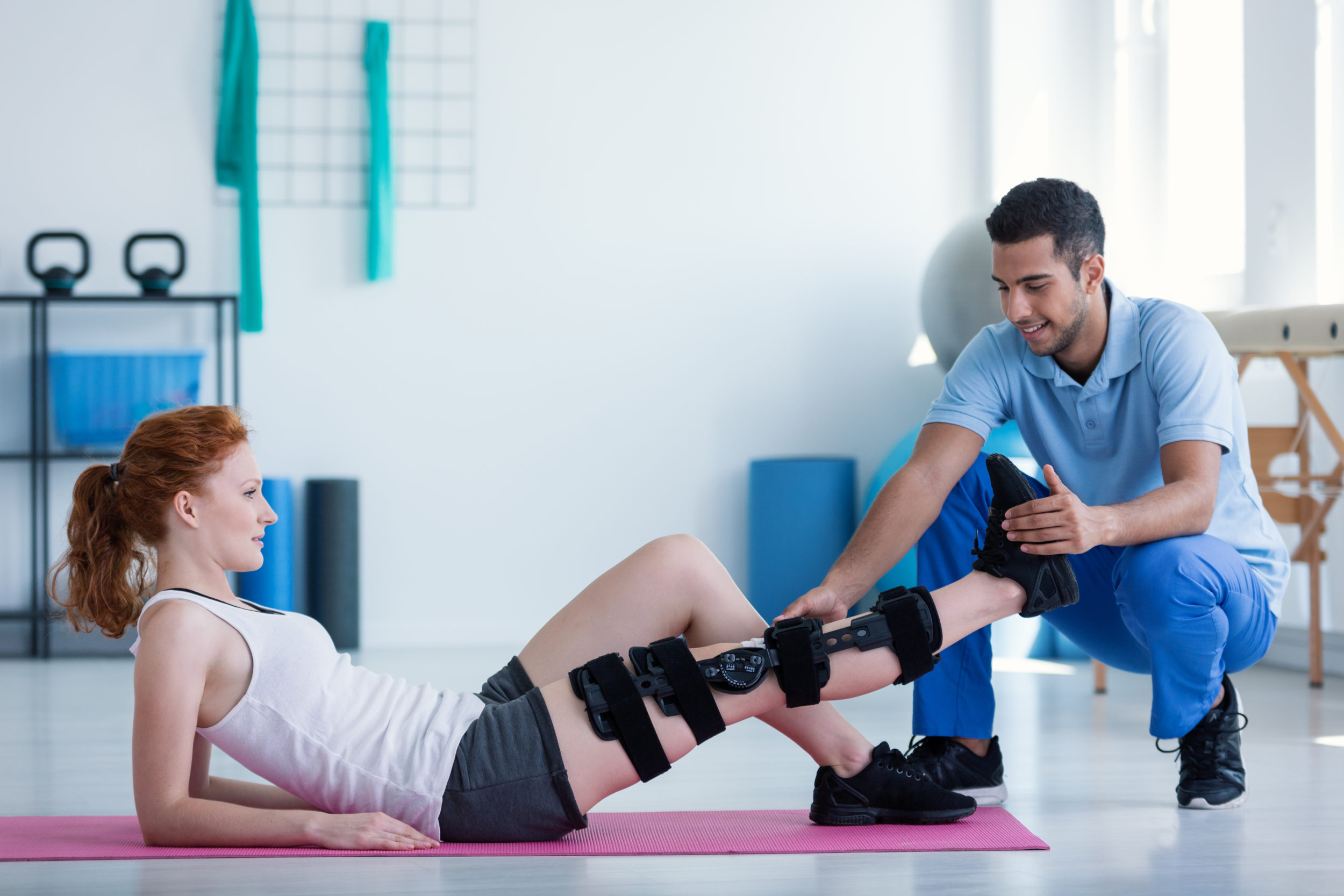Sports injuries encompass a diverse and intricate range of issues related to physical activities, which all athletes should be aware of. Injuries can vary from slight sprains to more serious problems such as fractures or concussions, each necessitating different degrees of care and treatment. The spectrum of sports injuries also includes stress fractures, shin splints, and dislocations, which require both preventative and responsive strategies. These injuries can be attributed to numerous factors, including inadequate warm-ups, overuse of specific muscle groups, or accidental falls and collisions. A comprehensive understanding of these conditions is vital for effective management and preventive care.
Importance of Early Intervention
Promptly addressing sports injuries can greatly influence recovery duration and overall healing. Postponed treatment can result in lasting complications, diminished mobility, and an increased likelihood of re-injury. Rehabilitation is essential for restoring strength and function after sustaining an injury. Early intervention aids in managing pain, diminishing swelling, and enhancing movement, enabling athletes to resume their activities safely. In many instances, specific exercises and therapeutic approaches can help avoid the necessity for more invasive procedures. Experts in sports medicine in Tulsa emphasize the importance of starting rehabilitation as soon as possible to promote faster healing. With the right approach, athletes can recover effectively and regain their performance levels while reducing the chances of future injuries.
Benefits of Physical Therapy
Physical therapy serves as a cornerstone for recovery from sports injuries, offering a multifaceted approach that benefits athletes immensely. The most immediate benefit is pain reduction and management, achieved through targeted exercises and techniques that reduce stress in affected areas. Moreover, physical therapy helps restore flexibility, balance, and coordination, often compromised after an injury. Therapists work on strengthening core muscle groups to support injury-prone areas better, thus enhancing overall athletic performance and endurance. Another vital benefit is the prevention of further injuries; physical therapists educate athletes on proper form and movement practices, ensuring sustainable success. They assess the athletes’ biomechanics and provide coaching on technical adjustments that distribute stress evenly and avoid excessive strain on specific joints or muscles. Furthermore, physical therapy’s role extends beyond immediate physical recovery; it supports mental health by empowering athletes and giving them the tools and confidence to return to their sport in optimal health. Over the long term, physical therapy aids in building resilience, allowing athletes to push their boundaries safely and effectively.
Types of Physical Therapy Techniques
Diverse physical therapy techniques address the myriad of injuries that athletes may encounter. Manual therapy, one of the most prevalent forms, involves the therapist using hands-on techniques to reduce pain, relax muscles, and improve joint function. Techniques such as myofascial release and trigger point therapy focus on particular areas of concern. Therapists also devise therapeutic exercise programs tailored to the individual’s specific injury and athletic goals, concentrating on range-of-motion exercises, strengthening workouts, and balance training. Modalities such as ultrasound, which uses sound waves to promote tissue healing, and electrical stimulation, which eases pain and stimulates muscle function, are frequently utilized as adjuncts to manual therapy. Furthermore, aquatic therapy offers a low-impact environment for rehabilitation, using water resistance to increase strength without putting excess strain on injured areas. The art of physical therapy lies in the appropriate selection and precise application of these techniques, customized to facilitate optimal recovery and encourage athletes to regain their peak performance levels.
Creating a Personalized Recovery Plan
Developing a recovery plan personalized to the athlete’s needs is a critical step in rehabilitation. Such plans take into account the individual’s injury type, severity, and physical demands of their sport, as well as their long-term recovery goals. A well-structured plan begins with a comprehensive evaluation by a therapist, who outlines a strategy that addresses immediate recovery needs and long-term performance objectives. The plan typically includes therapy sessions, home exercise programs, and nutritional advice for healing. Tailored adjustments are made as recovery progresses, focusing on maintaining motivation and adapting goals to reflect the athlete’s continuous improvement. Working together with other healthcare professionals, including nutritionists and psychologists, can be incorporated to promote a comprehensive strategy. This multidisciplinary approach guarantees that every facet of the athlete’s well-being is enhanced, speeding up recovery and encouraging a lasting return to activity.
Role of a Physical Therapist
Physical therapists are essential in assisting athletes during their recovery, utilizing their knowledge and support. They evaluate the severity of the injury, pinpoint contributing factors, and develop a thorough treatment strategy. This process allows therapists to educate athletes about their body’s mechanics, the consequences of the injury, and the required steps to complete recovery. Besides providing immediate relief through hands-on techniques and modalities, therapists mentor athletes on injury prevention strategies, teaching them how to strengthen vulnerable areas and improve overall body mechanics. This educational component is crucial in empowering athletes, as it heightens their awareness of physical limits and instills confidence in their abilities. Therapists also track the progress of the recovery plan, making necessary adjustments to ensure the athlete remains on track toward achieving their physical health goals. With their guidance, athletes are rehabilitated from their current injuries and better prepared to handle future physical challenges.
Keep an eye for more latest news & updates on Essential Tribune!








